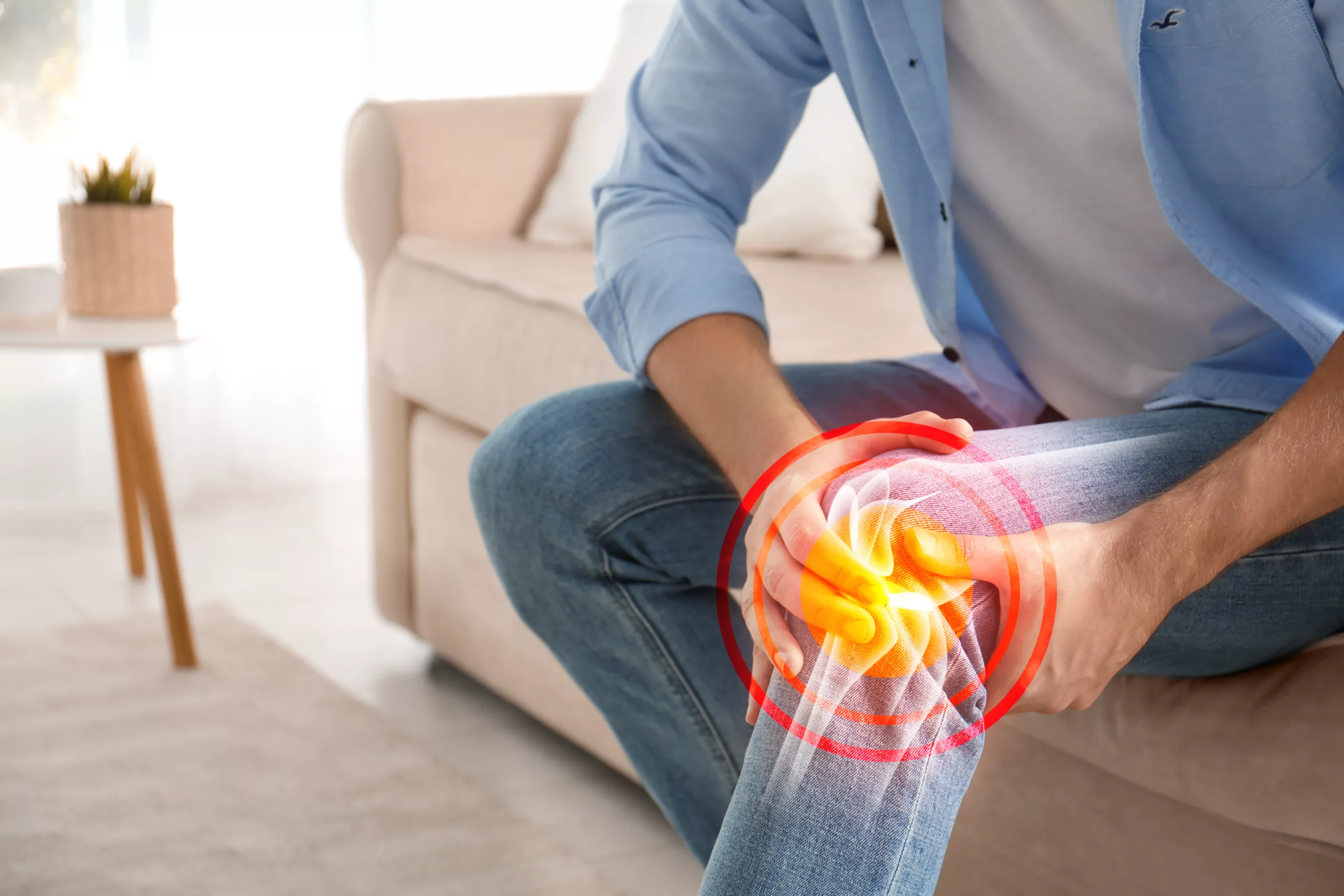
Osteoarthritis is the most common type of arthritis. It affects more than 32.5 million adults in the United States. This condition occurs when the protective cartilage that cushions the ends of the bones becomes worn down over time, causing pain, stiffness, and swelling in the affected joints.
There is no cure for osteoarthritis. However, its symptoms can often be effectively reduced with treatments, including exercise and medications. Because it is caused by wear and tear on joint cartilage, osteoarthritis may be prevented by avoiding behaviors that are known to break down cartilage.
Causes of Osteoarthritis
Also known as degenerative joint disease or degenerative arthritis, osteoarthritis is caused by the breakdown or damage of joint cartilage that sits between bones.
Osteoarthritis risk factors include:
- Overuse or injury of joints. For example, you may develop osteoarthritis in your wrist or arm if you play tennis consistently for many years.
- Obesity. Excess weight can put extra stress on weight-bearing joints, such as those in the hips and knees, and cause osteoarthritis in these areas.
- Diabetes and other metabolic diseases.
Some risk factors for osteoarthritis cannot be changed, such as being born with joint or bone deformities or having a family history of this disease. This disease also tends to be more common in women over the age of 50.
Symptoms of Osteoarthritis
Symptoms of osteoarthritis usually develop slowly and gradually over time. If you have this disease, your symptoms may progressively get worse as you grow older.
Common osteoarthritis symptoms include:
- Joint pain and discomfort
- Joint stiffness, which is usually most severe upon waking
- Reduced range of motion
- Loss of flexibility
- Popping, clicking, or cracking sounds in affected joints
- Tenderness when pressing on the affected joints
- Inflammation around the joints
- Bone spurs around the affected joint, which feel like hard lumps under the skin
Diagnosing Osteoarthritis
Osteoarthritis can usually be diagnosed with a physical exam and one or more imaging and lab tests.
During a physical exam, your healthcare provider will check your joints for signs of swelling, tenderness, and bone spurs and evaluate your flexibility and range of motion. Your provider may also order an X-ray or magnetic resonance imaging (MRI) to see your joints more clearly.
In some instances, your provider may order a blood test or joint fluid analysis. These tests cannot confirm whether you have osteoarthritis, but they can rule out other conditions, such as gout, rheumatoid arthritis, or an infection.
Treatments for Osteoarthritis
The goal of osteoarthritis treatment is to reduce your symptoms and improve your quality of life. Common treatments for this condition include medications, therapy, injections, surgery, and lifestyle changes.
Medications
Duloxetine is an antidepressant commonly used to treat depression and other mood disorders. However, it may also be used to treat pain caused by osteoarthritis. Your provider may also recommend using over-the-counter medicines to relieve pain, such as acetaminophen and ibuprofen.
Therapy
Physical therapy involves working with a physical therapist who can show you certain exercises and stretches that can relieve pain and improve your flexibility and range of motion.
Other forms of therapy you may receive for osteoarthritis are occupational therapy and transcutaneous electrical nerve stimulation (TENS) therapy. Occupational therapy helps you learn how to do certain activities differently in a way that doesn’t cause pain (such as using an electric can opener instead of a manual opener), while TENS therapy uses low-voltage electricity to provide short-term pain relief.
Injections
Osteoarthritis pain may be treated using cortisone injections or lubrication injections. Cortisone is a steroid medication that can reduce pain for a few weeks at a time, while lubrication injections use hyaluronic acid to add extra cushioning to the ends of your bones. If you receive cortisone injections, your doctor may recommend no more than four shots a year because this medication can worsen joint damage when used long-term.
Surgery
Surgery may be performed to realign bones in a way that reduces symptoms like pain and grinding between bones or to replace joints—such as those in the knee or hip. During joint replacement surgery, your surgeon will replace damaged joints with artificial joints made from plastic or metal.
Lifestyle Changes
Many of the lifestyle changes used to treat osteoarthritis can also help prevent this condition. Behavioral and lifestyle changes you can make include:
- Exercising regularly. Exercise can make your joints more stable, improve your mobility and range of motion, and reduce pain and stiffness.
- Losing excess weight. Losing extra pounds can reduce the amount of pressure placed on weight-bearing joints in the knees and hips.
- Eating anti-inflammatory foods. Certain foods (such as broccoli, blueberries, and fatty fish) contain antioxidants and anti-inflammatory properties that can reduce inflammation and other symptoms of osteoarthritis.
- Using assistive devices. Devices like canes and walkers can help relieve the pressure being placed on arthritic joints causing pain.
Make an appointment with your healthcare provider if you are suffering from joint pain and think you may have osteoarthritis. Your doctor can perform an evaluation and work with you to find one or more treatments that can effectively reduce your symptoms.